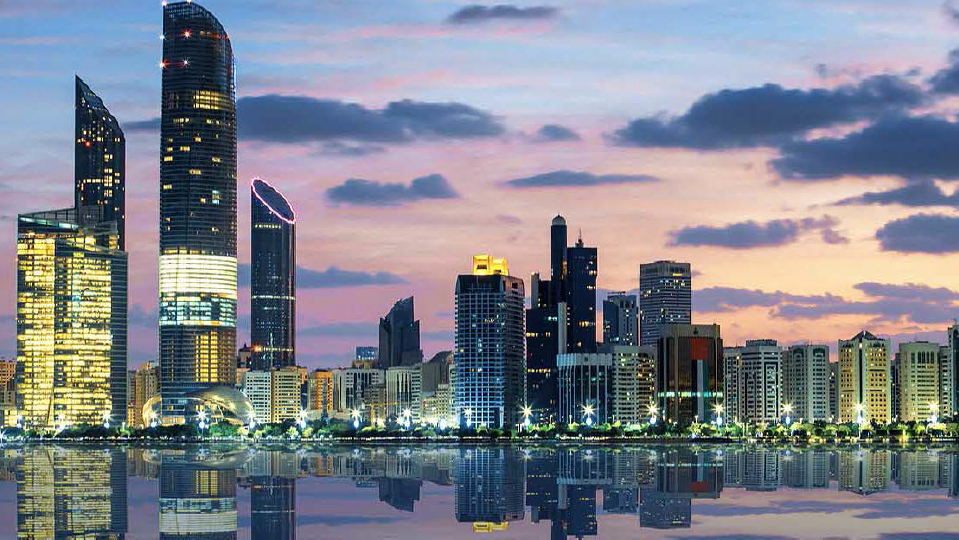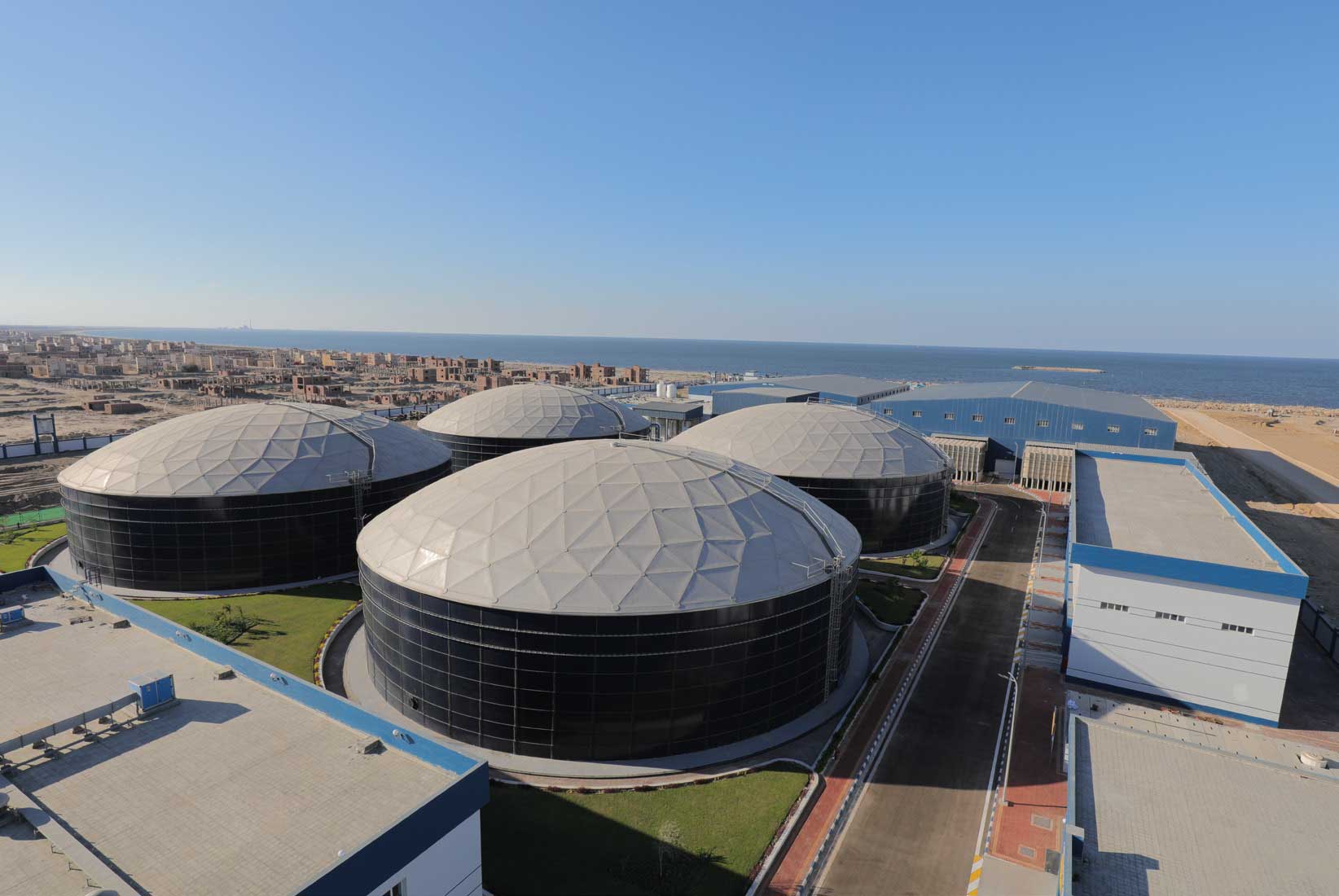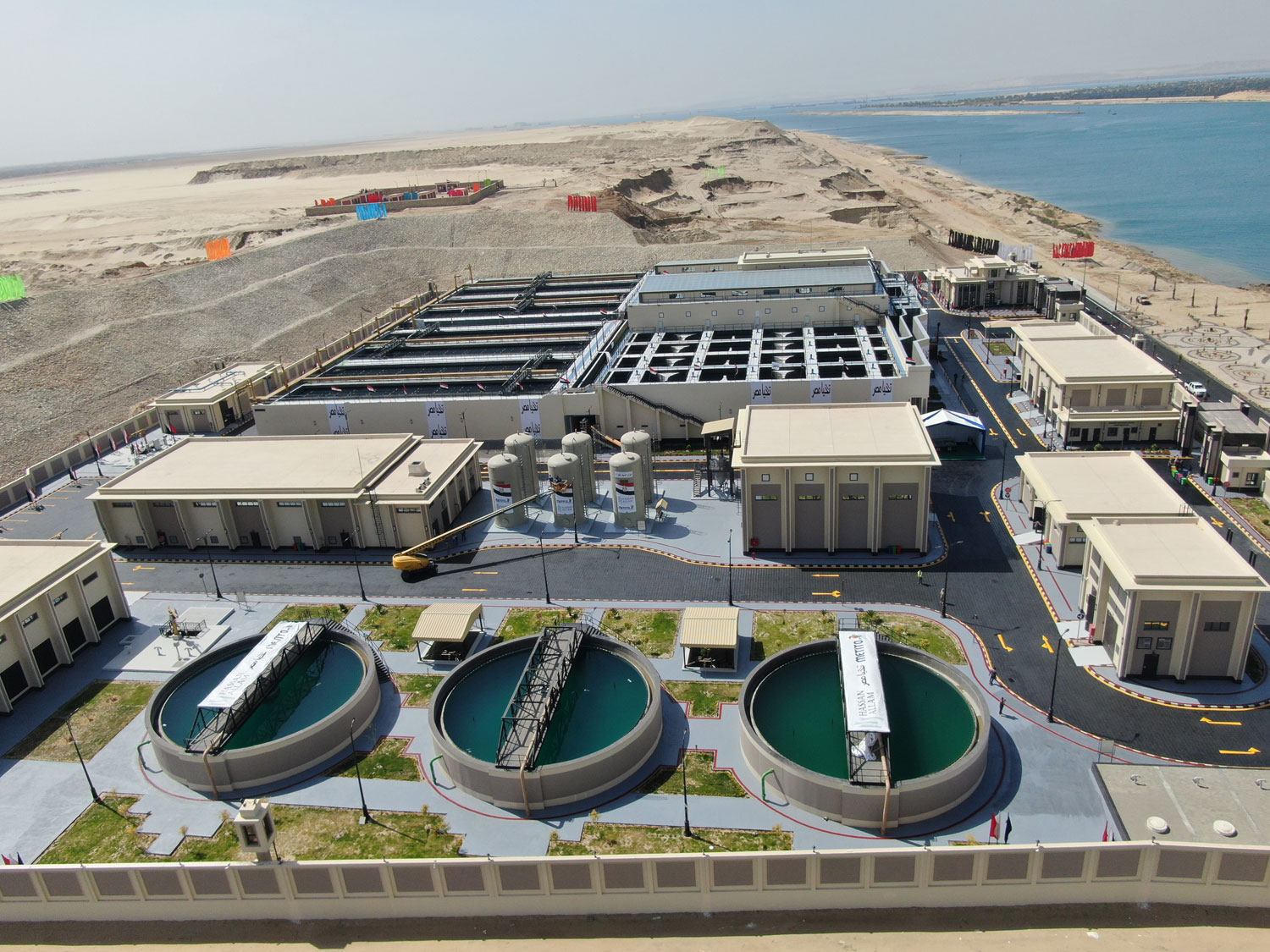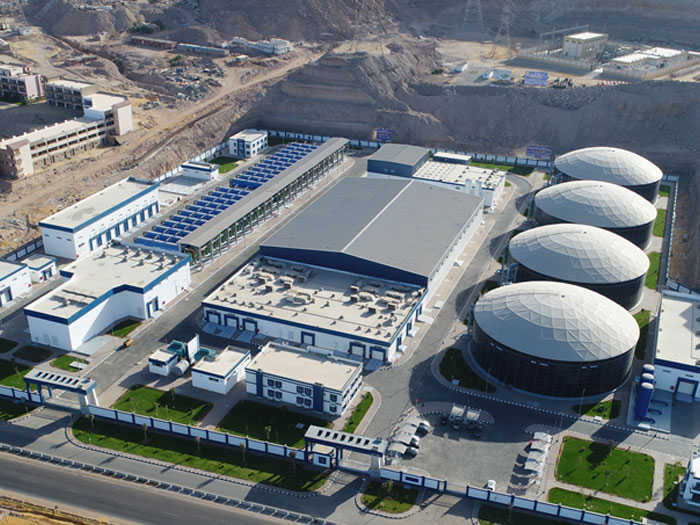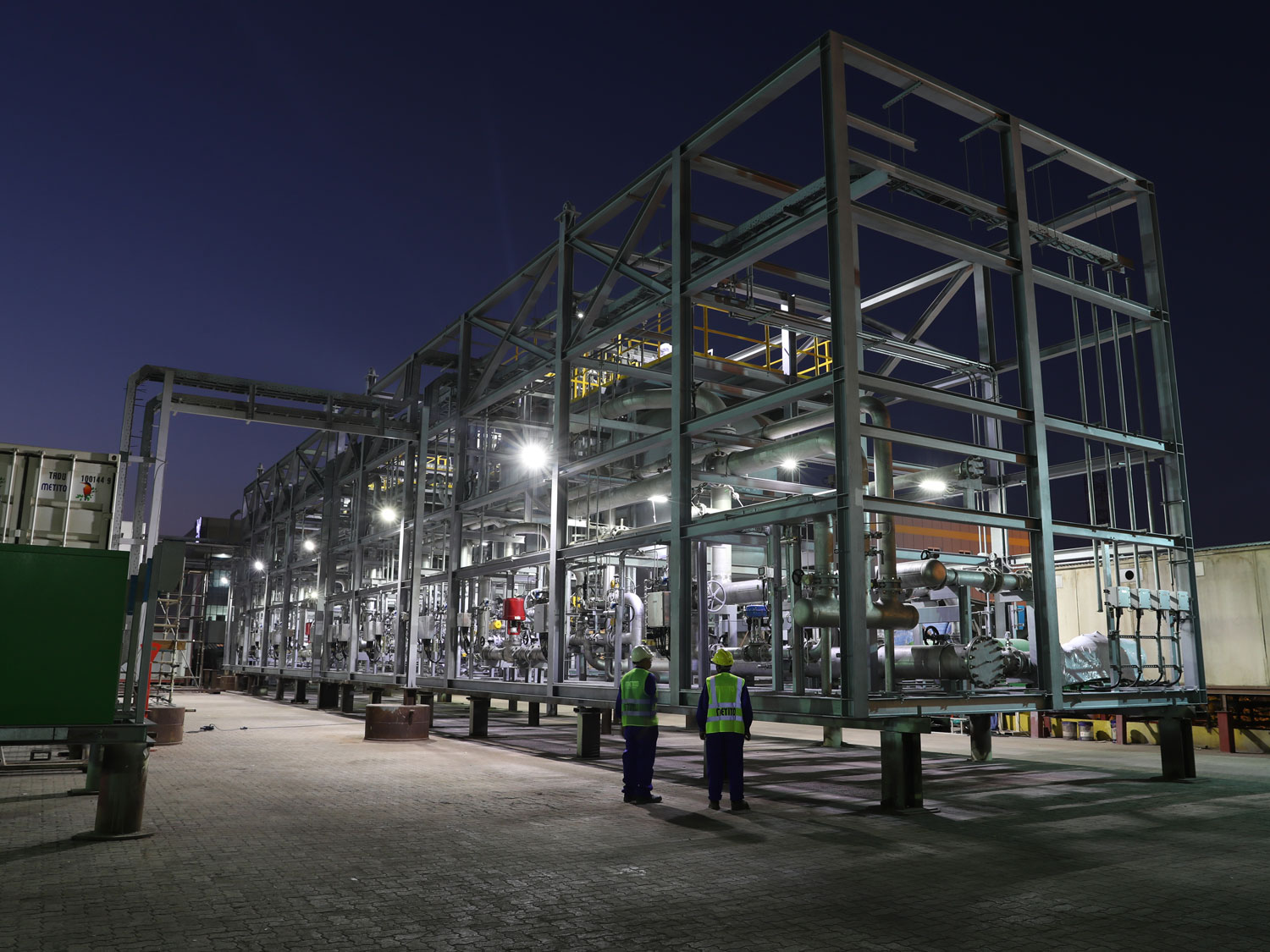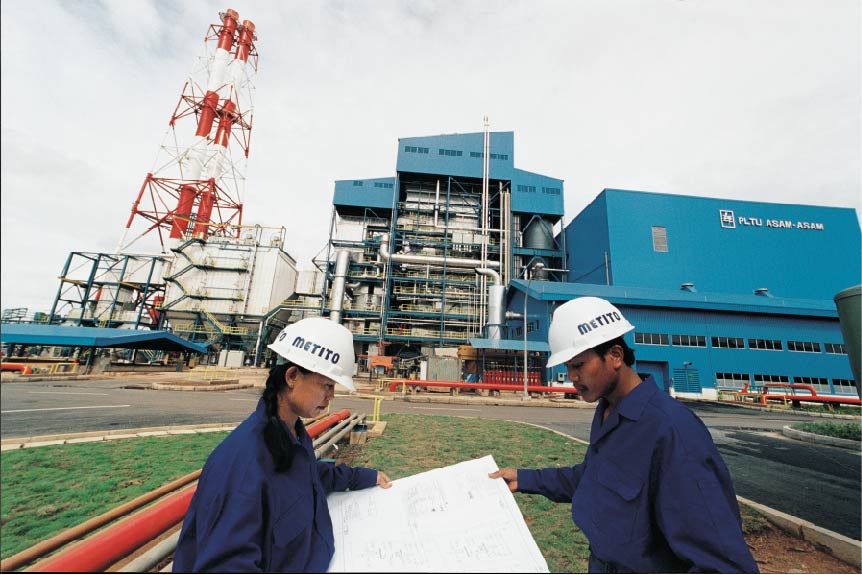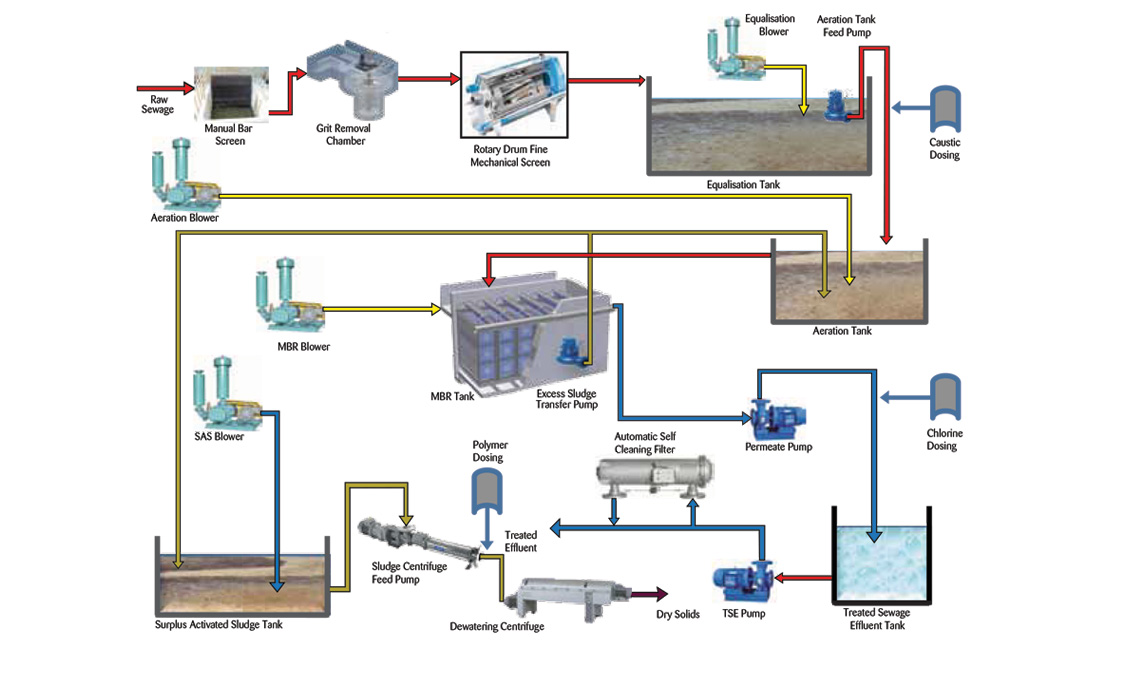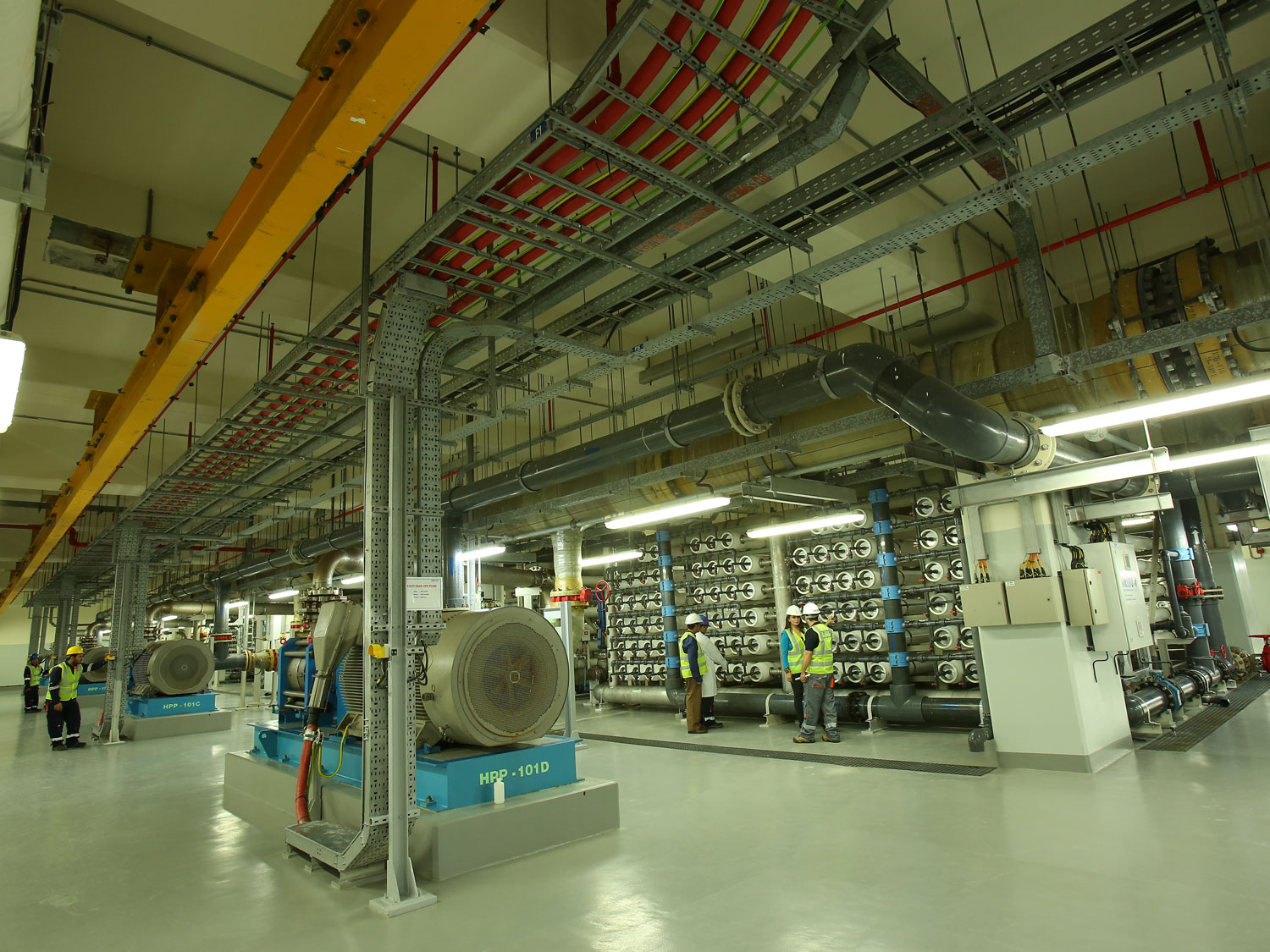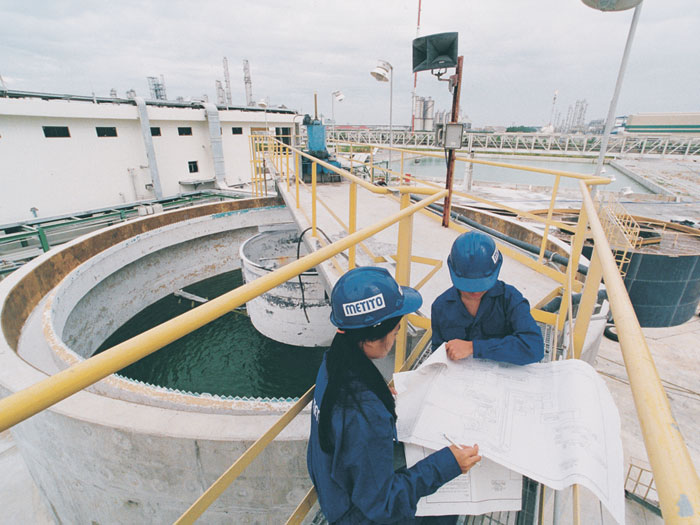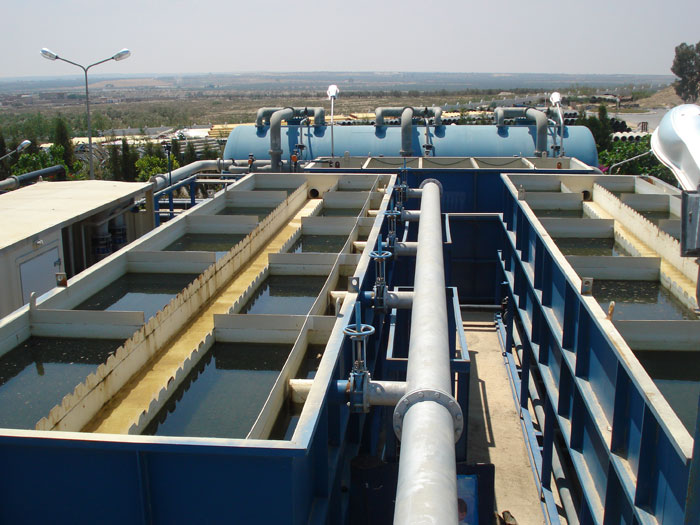Introduction
The Egyptian Government introduced a progressive, multi-pronged strategy to safeguard and preserve the nation’s natural resources through a comprehensive water security agenda that focuses on wastewater treatment, recycling and reuse and seawater desalination in coastal areas. This plan is inline with Egypt’s Sustainable Development Plan – Egypt Vision 2030, which focuses on economic, social, and environmental development.
Al Mahsamma project, located in the Ismailia Governorate, is the world’s biggest plant of its type, built over an area of 42,000 square meters with a of 1,000,000m³/day. The plant will contribute to the irrigation of 70,000 acres of land in the Sinai, as part of the government’s efforts to develop the region by creating sustainable urban communities and job opportunities in the area. The plant will also help preserve the natural ecology of the Al Temsah Lake, located west of the Suez Canal, which has been impacted by wastewater disposal throughout the years.
The USD100 million project has been developed by the JV Metito-Hassan Allam, under the supervision of the Armed Forces Engineering Authority. The JV scope of work for this flagship project includes the engineering, construction, operations (EC&O), commissioning and O&M for a period of five years.
Drainage water is transferred to the plant from Ismailia irrigation drainage canal, located west of Suez Canal, through two individual pump stations crossing underneath the Suez Canal (the old and new branches of the canal) into srabuim siphon, from which the water is further pumped through the plant’s pump station using 8 vertical turbine type pumps – six working pumps and two on standby – with each pumping at a speed of 7,000m³/hr.
Al Mahsamma was completed in a record twelve months, amounting to 2.5 million safe man-hours with no injuries or time lost. Latest technologies were utilized for the treatment of drainage water to produce suitable water for irrigation and land reclamation as per the highest quality standards and specs set by the Egyptian Government. Advanced digital and information technology are also being used to monitor the effectiveness of operations and to ensure the quality of water remains compliant with standards and specifications. The project site is equipped with an advanced laboratory for on-site water analysis and quality testing round the clock by dedicated experts.
Scope of Work
The main scope of the JV project included:
- Engineering and civil design
- Civil material supply
- Civil construction
- Installation of electromechanical equipment
- Testing and start-up
- Commissioning on a turnkey basis
- Operation and maintenance for 5 years
Metito scope covers:
- Process and electromechanical design
- Procurement, supply of electromechanical equipment
- Coordination and supervision of civil works design
- Intake pump station with 8x7000m3/hr of vertical turbine pump
- 8 Flocculation tanks, dimensions of each 48.5m length and 8.5 width with 5 gate mixers of each tank
- 8 Tube settler clarifiers, 1.6m height lamella tubes
- 28 Disc filters with maximum flow rate 1600m³/hr and 25µ mesh size
- 3 Gravity sludge thickeners, 19m diameter, and 5m depth
- Mechanical dewatering stage with 5 belt press, 32.5m horizontal belt conveyor and 7m inclined belt conveyor for sludge
Key Benefits
Environmental Benefits
- A sustainable project turning wasted drainage – the capacity of 1,000,000m³/day into a valuable source of water for the irrigation of 70,000 acres in dryland area of Sinai Peninsula
- Making available 1,000,000m³/day for irrigation purposes only by using energy equivalent to 0.1kWh/m³ – result of optimized and efficient design
- Minimal environmental footprint with effective use of land and making available 1,000,000m³/day for irrigation purposes only by using energy equivalent to 0.1kWh/m³ – result of optimized and efficient design
- The project will play a role in developing a sustainable community in line with the UN SDGs, creating more job opportunities and encouraging more investment in the area
Challenges
- Al Mahsamma plant was completed in a record 12 months, compared to the 24-36 months period industry-standard for projects of such scale
- Due to the strategic location of the plant and proximity to the Suez Canal there were many restrictions and limitations on communication and transportation to and from the site during the development of the project. Moreover, work had to be halted at times, to ensure uninterrupted navigation in the Canal
- Minimal land was required to be utilized for this project due to the strategic location with required efficient fitting of huge equipment into limited areas

